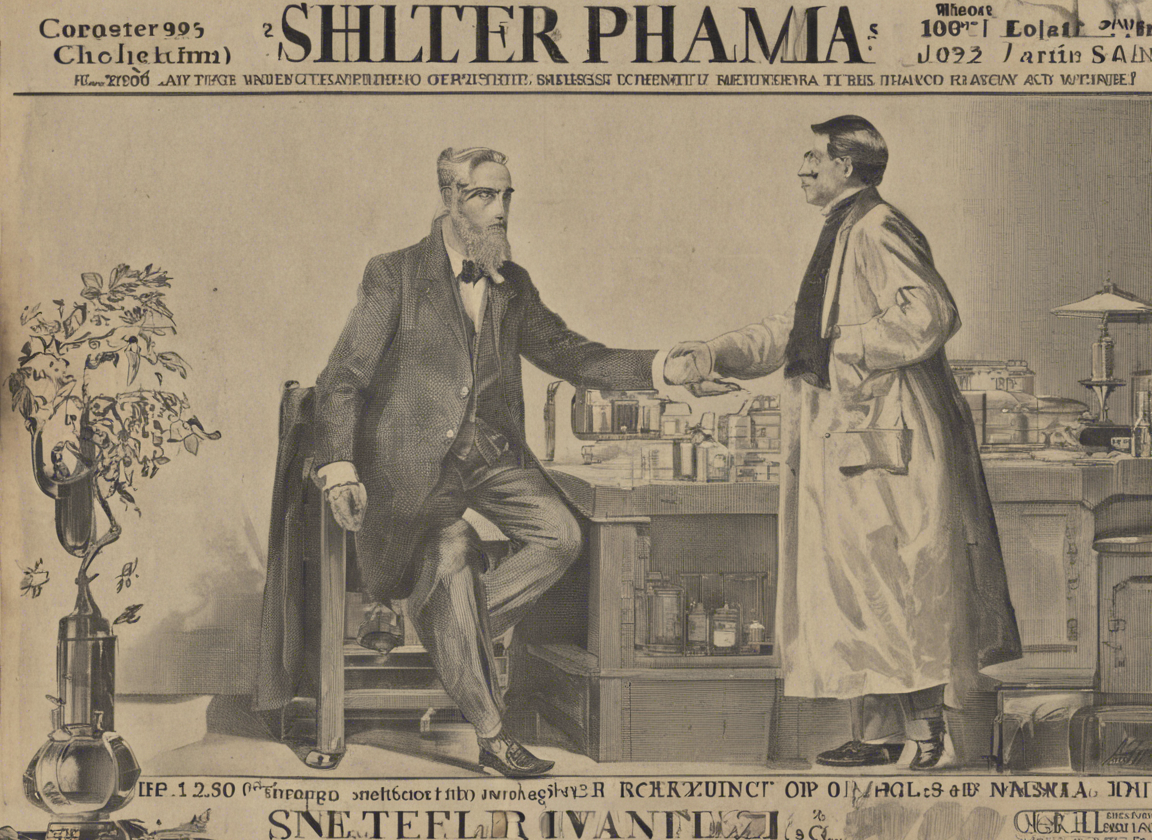Nobody wants to pay too much for necessities like gas, rent, and cellphone service. The same is true for auto insurance. And, just as you can look for ways to save money on other purchases, you can look for ways to save money on car insurance.
The average good driver in the United States pays $1,556 per year for car insurance, so lowering your insurance bill by just 5% to 10% can put more money in your pocket. In most cases, you may be able to reduce your car insurance costs by 30% or more.
Whether you have basic liability insurance or full auto coverage, it’s critical to make sure you’re getting the best deal possible. Do you want to get a better deal on car insurance? Here are six tips for lowering your car insurance costs.
How to Save Money on Car Insurance
You can save costs on car insurance by employing a variety of strategies. Once you’ve determined how much car insurance you’ll need, you can use some or all of these strategies.
Shop Different Insurance Companies
You should first compare car insurance rates from different providers. For example, the insurance cost for a Toyota Camry differs from company to company, each company with different offers and benefits. You can find online quotes from companies like GEICO, State Farm, Liberty Mutual, etc. You could also call an expert agent for assistance in obtaining the best possible price. Local agents typically sell policies for five to eight insurance companies, allowing them to select the best option for you.
Recommendations from friends and family members can also help you narrow down your options, especially regarding an insurance agent’s or company’s integrity. However, because car insurance rates are so dependent on an individual driver’s specific circumstances, recommendations may be less practical when it comes to finding a low price.
The bottom line is that you should shop around for rates from at least three different companies before deciding on one. Ensure that any website or person you provide personal information, mainly financial information, is trustworthy.

Make Use of Multi-Car Discounts
If you get a quote from a vehicle insurance company to insure a single vehicle, you may end up paying more per vehicle than if you inquire about insuring multiple drivers or vehicles with that company. Because they want your business, insurance companies will offer a bulk rate. In some cases, they are willing to give you a discount if you bring in more of it.
Ask your agent to see if you are eligible. Multiple drivers must, in general, live at the same address and be related by blood or marriage. Two unrelated people may also qualify for a discount; however, they must usually jointly own the vehicle.
You may be required to pay more for insurance if one of your drivers is a teen. However, if your child has a B average or higher or ranks in the top 20% of the class, you may be able to get a good student discount on the coverage, which typically lasts until your child turns 25. These discounts can range from as little as 4% to 40%, so ensure you show your insurance agent proof that your teen is a good student. Aside from the Good student discount, auto insurance companies provide a few other deals. A few of the most common discounts are as follows:
Multiple-vehicle Discount: Insuring multiple vehicles with the same insurer can result in savings ranging from 8% to 25%.
Vehicle safety Discount: If your vehicle has the most recent safety features, such as anti-lock brakes and airbags, you may be eligible for a discount.
New Car Discount: Do you have a vehicle that is less than three-year-old? If yes, you could receive up to a 10% to 15% discount on your vehicle.
Excellent driver discount: If you go a certain amount of time without an accident or a traffic violation, your car insurance company may reward you with a discount ranging from 10% to 40%.
In addition, some companies may offer an auto insurance discount if you have other policies with them, such as homeowners’ insurance.

Combine Your Auto and Homeowners Insurance Policies.
Policies purchased in bulk from the same insurer are almost always less expensive than separate policies from different companies. You can combine homeowner’s or renter’s insurance with auto insurance. You can also add an excess liability insurance policy, which shields you from liability above your homeowner’s or auto insurance policy covers.
Increase Your Deductible
If you only possess liability insurance, you will not have a deductible because this insurance covers losses caused by accidents to other people. (A deductible is a cost you agree to pay before your insurance company pays anything toward your loss.) C&C coverage (Collision and Comprehensive coverage) does, however, have a deductible. The higher the deductible you agree to pay, the lower your insurance premiums. In that case, continuing to pay for C&C coverage may make you spend more on the coverage than you’d get to fix or replace your vehicle.
If you are choosing a costly deductible to save money on premiums, keep your deductible amount in a savings account so you are prepared if you need to file a C&C claim.

Maintain a Clean Driving Record
Safe drivers receive some of the best rates, so getting the best rate possible can be directly attributed to your actions. The major auto insurance companies have different definitions of what makes up a good driving record, but not having ever gotten a ticket for a moving violation or causing an accident is standard. Most insurance companies consider you a safe driver if you’ve never filed a claim, regardless of who was at fault.
Insurers typically use driving records from the previous seven to ten years. A speeding ticket may only be on your record for five years, whereas a DUI (Driving Under the Influence) will most likely be on your record for ten years.
Enhance Your Credit Score
Good credit can also affect your insurance rates, and in states where it is legal, approximately 95% of car insurance companies use your insurance credit score when determining your premiums. Your insurance credit score is a subset of your credit score used to assess your risk to an insurer.
When calculating premiums, some companies consider the following aspects of your insurance credit score:
- Your payment history, including late payments and nonpayment
- Your credit history’s length
- Your credit history’s credit types
Conclusion
You can save some bucks on your car insurance with little time and effort. The cost of auto insurance is expected to rise further in the future. However, you can do several things to deal with this situation. These six tips can help you get started in the right direction. Compare the best car insurance companies to find the one that meets your coverage requirements and budget.






